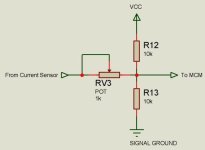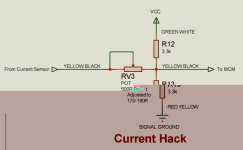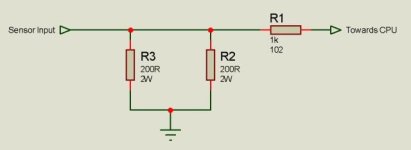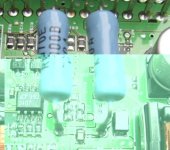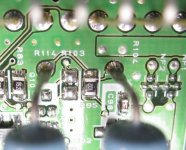peterperkins
100 W
- Joined
- Jun 6, 2008
- Messages
- 196
Dear members I have started this thread to allow some ideas to be floated in relation to increasing the power output from the Honda Insight Mk1 IMA system. This may also help with those wishing to use the components in some other EV related application.
I know there are quite a few interested parties and not everyone posts on every forum.
So to start the ball rolling I'm posting a couple of links to relevant threads on www.insightcentral.net where some of the issues have been discussed. It's good background reading.
http://www.insightcentral.net/forums/modifications-technical-issues/16206-inside-mdm-more-power.html
http://www.insightcentral.net/forums/modifications-technical-issues/17481-bcm-gauge-battery-data-display.html
http://www.insightcentral.net/forums/modifications-technical-issues/15146-honda-insight-gen-i-resource-library.html
But replies can be posted here of course 8)
I've recently managed to fake a lower system voltage on the insight motor controller (MCM) which lead to an increase in amps as the system tried to compensate for the perceived lower battery voltage. This rise in amps coupled with the actual battery voltage being 20V higher gave an increase in IMA assist.
During recent testing i have been seeing 93A in 2nd gear WOT battery actual voltage around 160v (Faked to 140v) at that current with batteries warm, so V x A = 14.8kw that's quite a bit better than the 65-70A I was getting before with a high battery voltage. Certainly feels more lively. Added around 3-4kw roughly and probably safe for the motor at that level.
I look forward to other ideas and contributions. Liveforphysics and i have been chatting via PM and the current sensors may be the next target but there are three phase sensors and two other current sensors that probably require hacking/in order to make anything work. Peter
I know there are quite a few interested parties and not everyone posts on every forum.
So to start the ball rolling I'm posting a couple of links to relevant threads on www.insightcentral.net where some of the issues have been discussed. It's good background reading.
http://www.insightcentral.net/forums/modifications-technical-issues/16206-inside-mdm-more-power.html
http://www.insightcentral.net/forums/modifications-technical-issues/17481-bcm-gauge-battery-data-display.html
http://www.insightcentral.net/forums/modifications-technical-issues/15146-honda-insight-gen-i-resource-library.html
But replies can be posted here of course 8)
I've recently managed to fake a lower system voltage on the insight motor controller (MCM) which lead to an increase in amps as the system tried to compensate for the perceived lower battery voltage. This rise in amps coupled with the actual battery voltage being 20V higher gave an increase in IMA assist.
During recent testing i have been seeing 93A in 2nd gear WOT battery actual voltage around 160v (Faked to 140v) at that current with batteries warm, so V x A = 14.8kw that's quite a bit better than the 65-70A I was getting before with a high battery voltage. Certainly feels more lively. Added around 3-4kw roughly and probably safe for the motor at that level.
I look forward to other ideas and contributions. Liveforphysics and i have been chatting via PM and the current sensors may be the next target but there are three phase sensors and two other current sensors that probably require hacking/in order to make anything work. Peter





